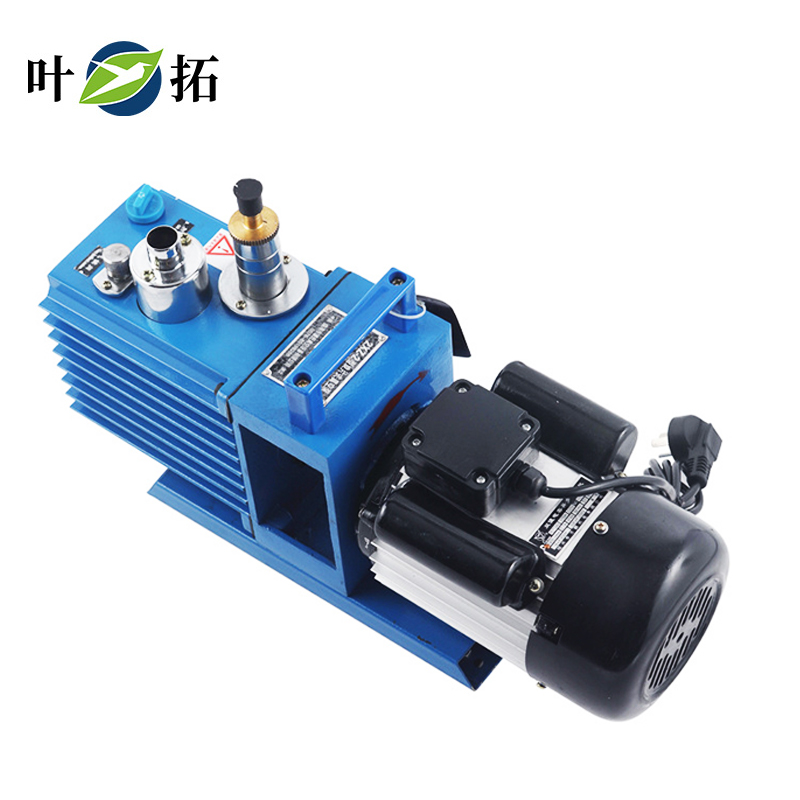Shanghai Yetuo vacuum pump is a widely used equipment in scientific research, industry, and laboratory fields, used to extract gases from containers or systems, create and maintain the required vacuum environment. Blades play a crucial role in the key components of vacuum pumps. This article will focus on the role of vacuum pump blades and their importance in vacuum technology.
The function and function of blades (vacuum pump blades are key components located on rotating parts (rotors))
Gas extraction: The rotational motion of the blades generates centrifugal and frictional forces, which extract gas into the interior of the vacuum pump. The shape and arrangement of the blades determine the flow and extraction efficiency of the gas.
Sealing and compression: A sealing gap is formed between the blades and the pump body to ensure that gas enters from the inlet and is discharged through the blades. The blades constantly come into contact with the pump body during the rotation process, achieving gas compression and discharge.
Load bearing: The blades bear the inertial and centrifugal forces of rotating components, as well as the forces from gas pressure. The design and material selection of the blades should be able to withstand these forces and maintain stable operation.
The design and material selection of vacuum pump blades directly affect the performance and service life of the pump
Blade shape: The blades can adopt straight, curved, or other shapes to adapt to different work requirements and gas flow characteristics. Optimized blade shape can improve extraction efficiency and pump performance.
Number of blades: The number of blades for a vacuum pump can be designed according to demand. Having more blades can increase extraction efficiency and stability, but it can also increase friction and load.
Material selection: Common blade materials include cast iron, stainless steel, etc. Good materials have excellent wear resistance, corrosion resistance, and high temperature resistance to ensure the long-term stable operation of blades.
Maintenance and upkeep of blades
Regular cleaning: Regularly clean the surface of the blades and the interior of the pump body to remove accumulated dust, oil, and other impurities, in order to maintain a smooth and clean surface of the blades.
Lubrication and protection: According to the requirements of the pump, regularly lubricate the blade bearings and contact parts, and use appropriate lubricants to reduce friction and wear.
Inspection and replacement: Regularly check the wear and damage of the blades. If necessary, replace severely worn or damaged blades in a timely manner to ensure the normal operation of the pump.
As a key component of vacuum pumps, vacuum pump blades play an important role in vacuum technology. The design, material selection, and proper maintenance are crucial for ensuring the normal operation, stability, and reliability of vacuum pumps. Researchers and engineers should pay attention to the inspection, maintenance, and replacement of blades when using and maintaining vacuum pumps to improve efficiency and reliability in experiments and production processes.


 Alibaba Store
Alibaba Store Tmall Store
Tmall Store Jingdong Sstore
Jingdong Sstore







